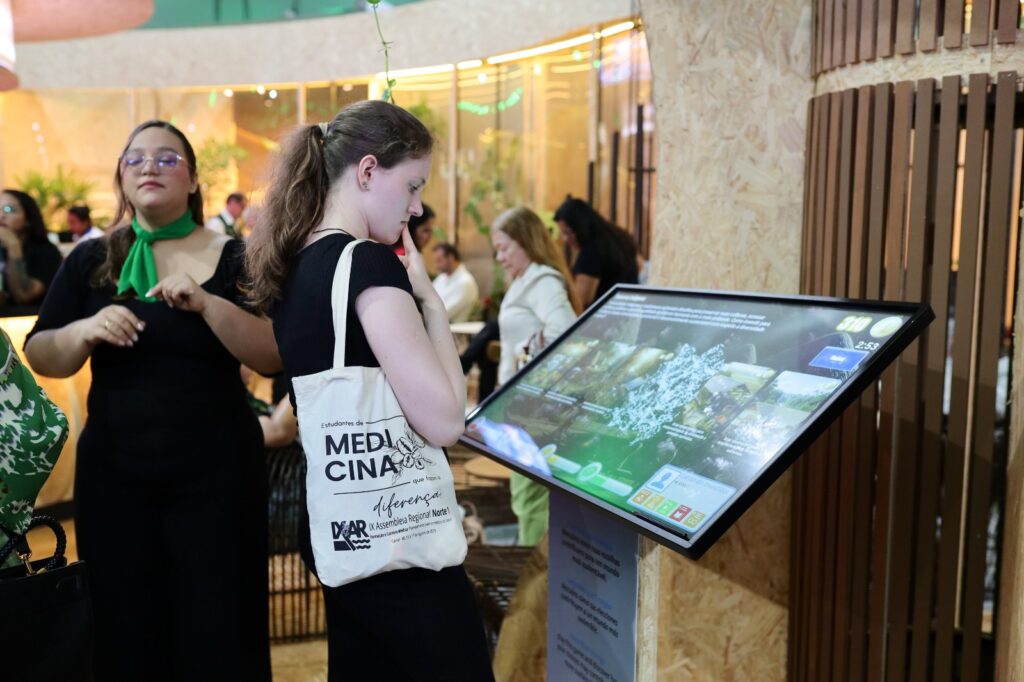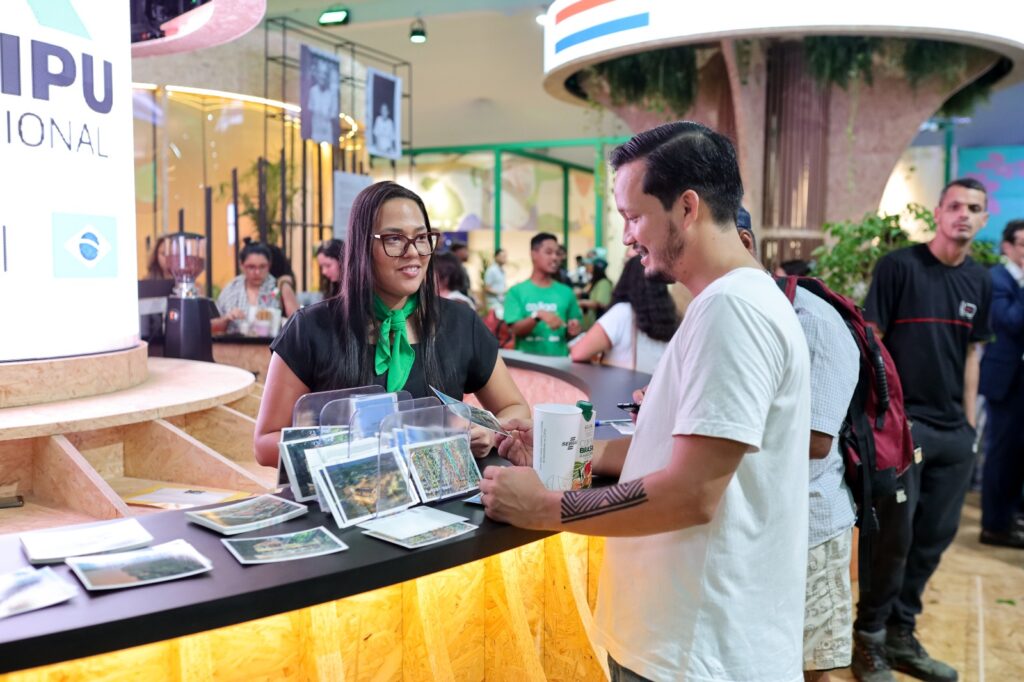Interactive experiences help the public learn about the hydropower plant’s social and environmental initiatives in Paraná, Mato Grosso do Sul, and Belém
Amid the debates of the 30th United Nations Climate Change Conference (COP30) in Belém (PA), Itaipu Binacional is presenting a booth that transforms technical content into hands-on experience. Located in the Green Zone, the structure invites visitors to embark on an experiential journey through waste, water, and energy, with the Amazon as the backdrop and Foz do Iguaçu as a reference for territorial innovation.
“Itaipu has brought to COP30 more than 40 years of experience in clean energy generation, environmental protection, and the development of new technologies. We are here to show that it is possible to combine development with social inclusion and sustainability,” explains the Brazilian Director-General of Itaipu Binacional, Enio Verri.
The booth, which will be recycled after the event, serves as a showcase of Itaipu’s socio-environmental initiatives and was designed for diverse audiences — from students and educators to communicators, public managers, and community leaders.
The 200-square-meter space offers several experiences, one of them focused on Solid Waste Management (SWM). The tour begins with a scale model of a Waste Valorization Unit (WVU), which recreates the stages of selective collection, sorting, and baling through to the commercialization of materials. The message is direct: waste, watersheds, and the energy matrix are part of the same equation.
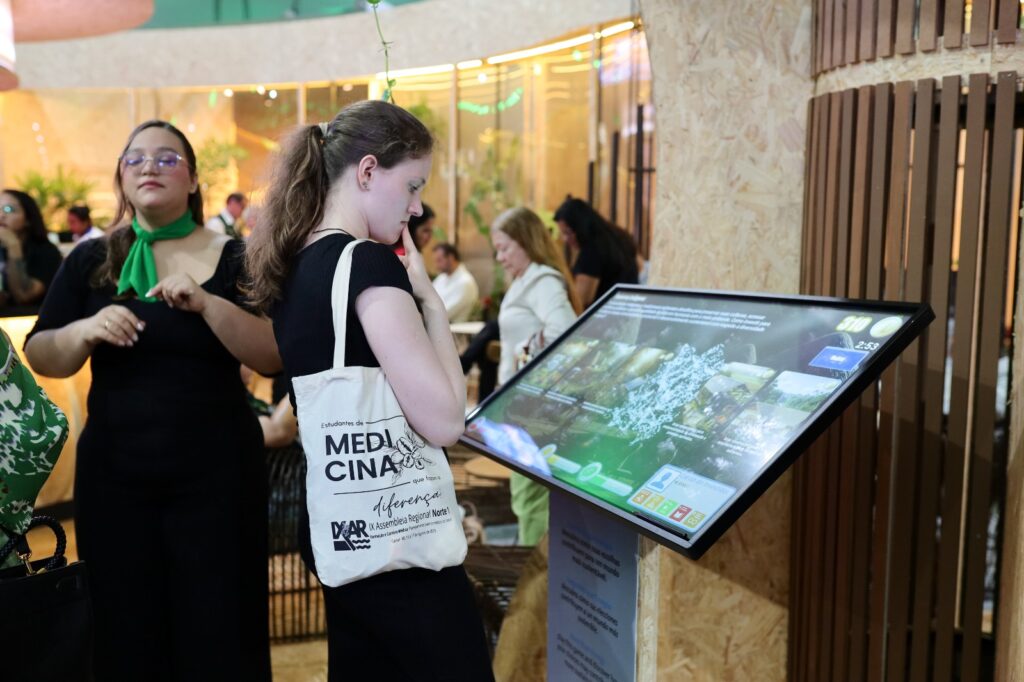
The interactive setup helps visitors understand the roles of municipalities and cooperatives and highlights how the recycling chain generates income, dignity, and circularity. Next to the model, the “recycling meter” displays the impact of the choices made during the booth’s activities: how much waste is diverted from the landfill, how much returns as raw material, and what that represents in avoided emissions.
The proposal goes beyond explaining how the system works. By bringing numbers closer to real-life stories — through a photo exhibition of waste pickers involved in productive-inclusion projects, photographed by Kiko Sierich — the SWM experience reminds visitors that well-managed territories are essential for water quality, water security, and, ultimately, reliable energy.

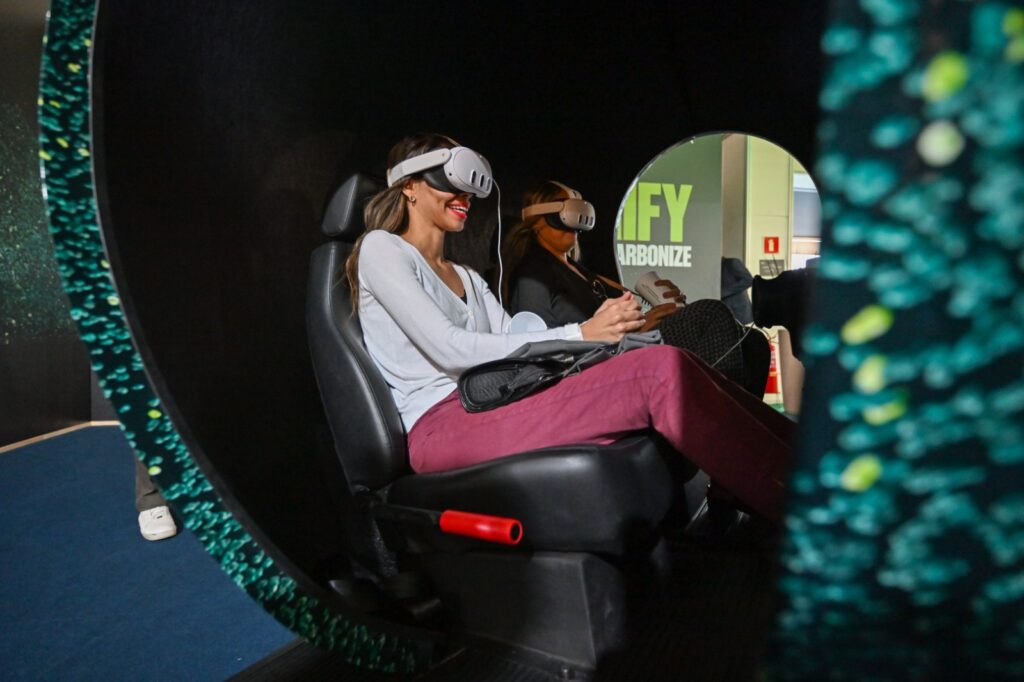
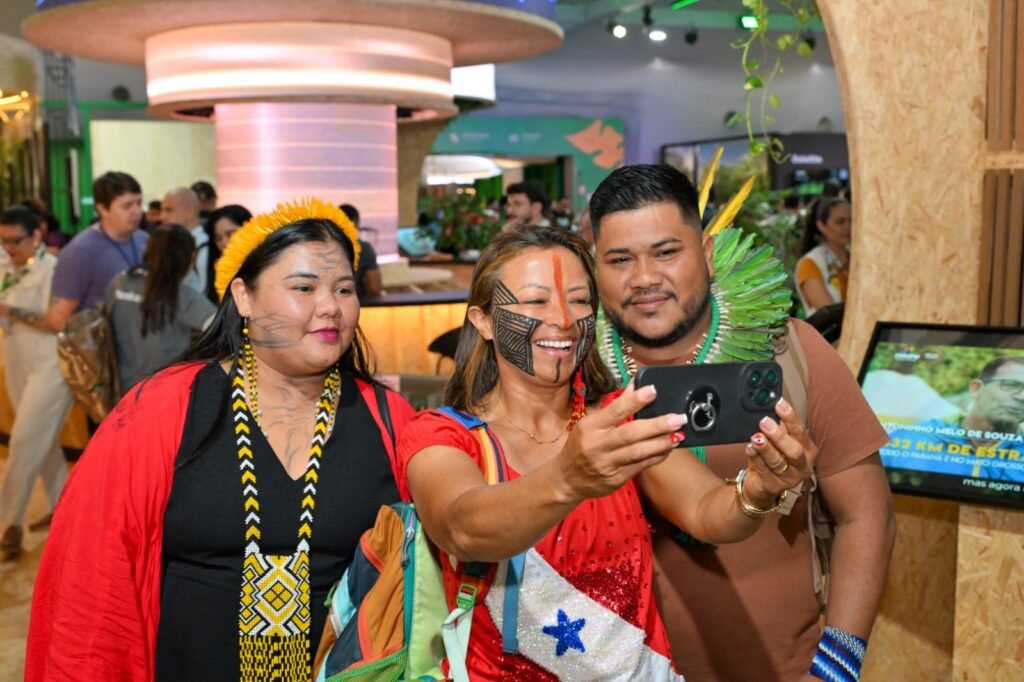
Other activities keep the flow of visitors constant. Quick games and augmented-reality features translate topics such as energy transition, efficient water use, and biodiversity into interactions accessible to all ages. An exhibit trail presents the “Itaipu More than Energy” program and details actions in sanitation, spring protection, reforestation, environmental education, and innovation, aligned with the Sustainable Development Goals (SDGs).
The exclusive postcards created for COP30 featuring images of Belém have also drawn considerable attention. The activity encourages visitors to write messages and take home a souvenir, accompanied by event-exclusive stamps. The simple, heartfelt gesture reinforces the booth’s message: sustainability can also be written by hand.
Sandra Pereira, a teacher in Belém’s municipal school network, made sure to choose some postcards to send to relatives living in Pará and Amapá. “We’ve lost the habit of sending letters or postcards. I’m only not sending more because I don’t have everyone’s address with me. But I believe whoever receives them will be as delighted as I was,” she said.
Visitors will also find common areas, experience a virtual-reality tour of the plant, and enjoy a good Amazonian coffee while watching live interviews about the conference discussions and Itaipu’s initiatives, broadcast directly from the studio set up inside the booth on Itaipu’s YouTube channel.
